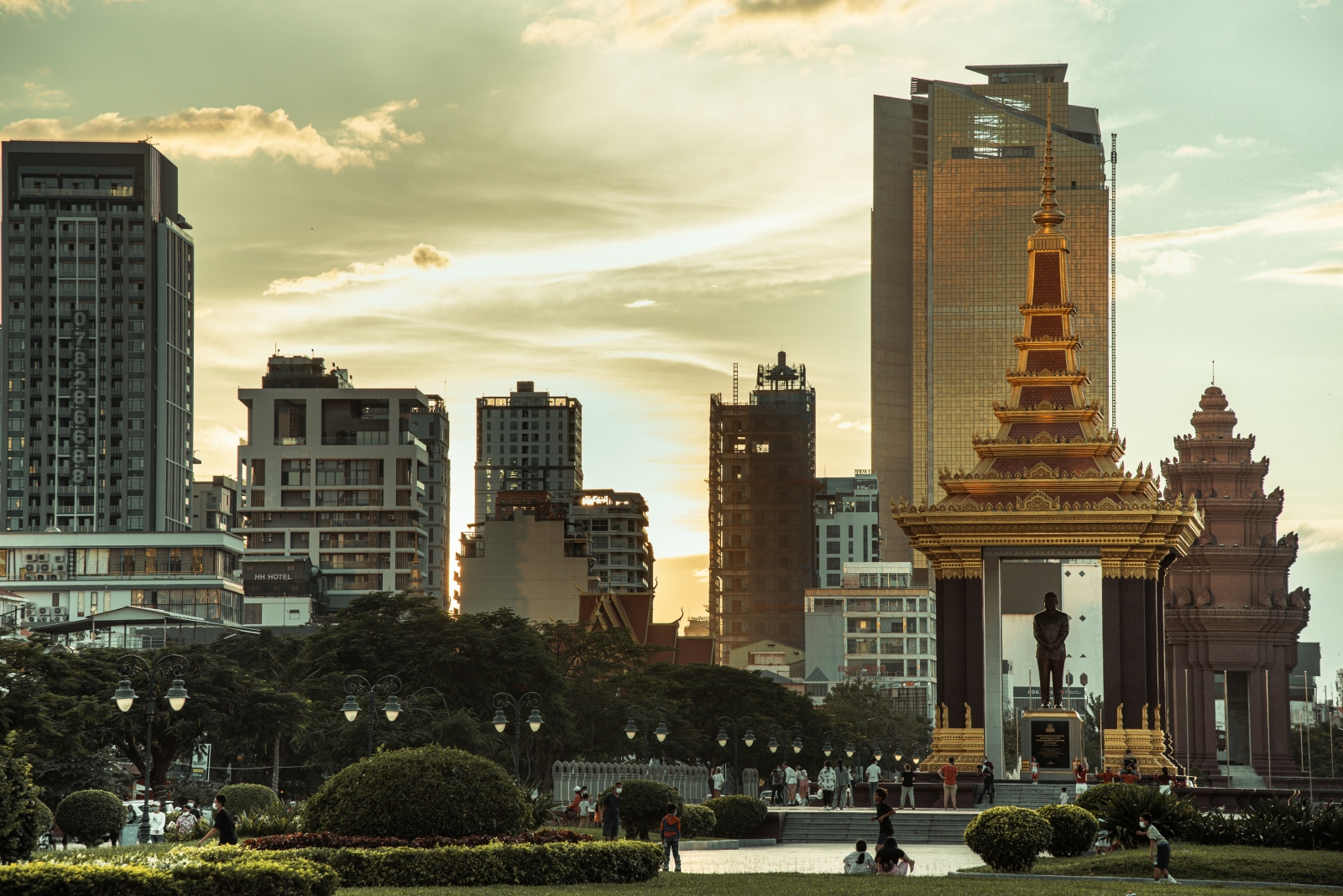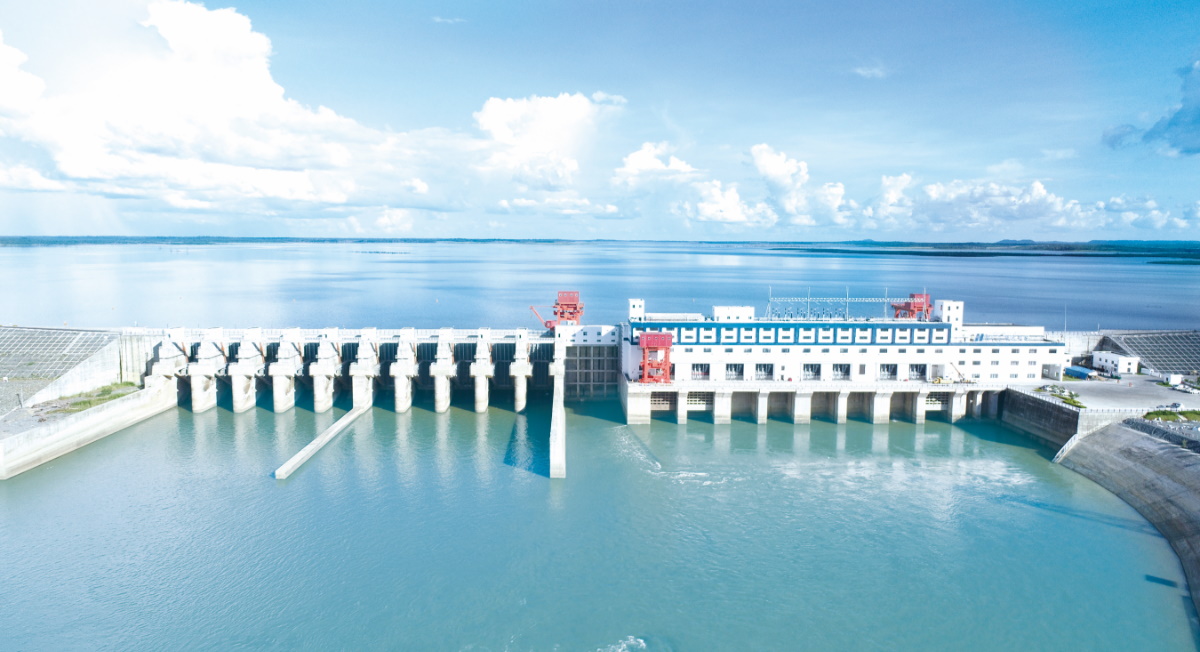Cambodia’s Minister of Mines and Energy Keo Rottanak said the country is pivoting to planning a move towards solar and wind energy to meet its rising power needs.
On the sidelines of the Singapore International Energy Week event held recently, he emphasized the urgency of diversifying Cambodia’s energy sources, “We will lean heavily on solar, complemented by wind, to augment what hydroelectricity can offer. Our aim is to integrate these with interconnections from Vietnam and Laos.”

Phnom Penh, Cambodia. (Photo: Unsplash)
Despite hydropower’s important role, Rottanak expressed concerns about its reliability in the face of global warming and climate change, “Hydropower is essential, but it’s vulnerable to environmental shifts. Our strategy is to maximize intermittent renewable energy, with a strong focus on solar, up to the grid’s capacity.”
Unlike some countries in the region, such as Malaysia and Vietnam, Cambodia has traditionally leaned on its hydropower to reduce fossil fuel reliance.
The minister revealed plans to unveill a 1,000 MW hydro project within the next two weeks. He also said that the country has ambition to rework its regional power exchange strategies to accelerate the energy transition.
“It’s time to transition from bilateral agreements to sub-regional and regional interconnectivity,” he also emphasizing the country’s proactive approach to re-evaluating the ASEAN power grid.
“If we can deploy submarine cables for the internet, laying subsea cables for electricity should be feasible,” he said.
Officials from the ASEAN Centre for Energy (ACE) pointed out that energy security remains a top priority for Cambodia as it seeks to provide an adequate supply for its growing energy demand. The nation’s electricity access rised from 34% in 2010 to 98% by 2022.
“Cambodia’s reliance on electricity imports remains high, with 25% of its power in 2019 coming from neighboring countries such as Laos, Vietnam, and Thailand. Meanwhile, electricity demand peaked in 2022, with a roughly 16% annual growth rate,” the group noted. The extensive blackouts in 2013 and 2015 underscored its dependency on imported electricity.
These challenges pushed the government to reinforce measures ensuring energy security, according to ACE. In response, the government drafted a Power Development Plan (PDP) for 2022-40, aiming to prevent future blackouts and mitigate energy insecurity.
“The PDP envisions a transition to a cleaner grid, emphasizing hydropower as the primary source. To effectively implement the plan, the government has detailed the roadmap for power development, including investments needed for the 2022-40 period,” ACE noted.

Hydro Power Lower Sesan 2, the largest hydropower project in Cambodia, located in Se San District, Stung Treng Province. (Photo: Royal Group)
The 7th ASEAN Energy Outlook (AEO7) predicts that Cambodia’s total installed capacity will reach 10 GW by 2050 under the Business-as-Usual scenario, tripling the 3 GW capacity of 2020.
The report indicated that by 2040, hydropower is expected to dominate with a capacity of 4.45 GW, significantly ahead of coal and oil, with a capacity of 2.26 GW and 2.01 GW respectively.
The report noted that “Hydropower will continue to be the primary contributor to the power sector’s total capacity, but gas, solar and wind will surpass coal and oil. In all scenarios, hydropower remains the chief energy source for Cambodia’s power sector.”



